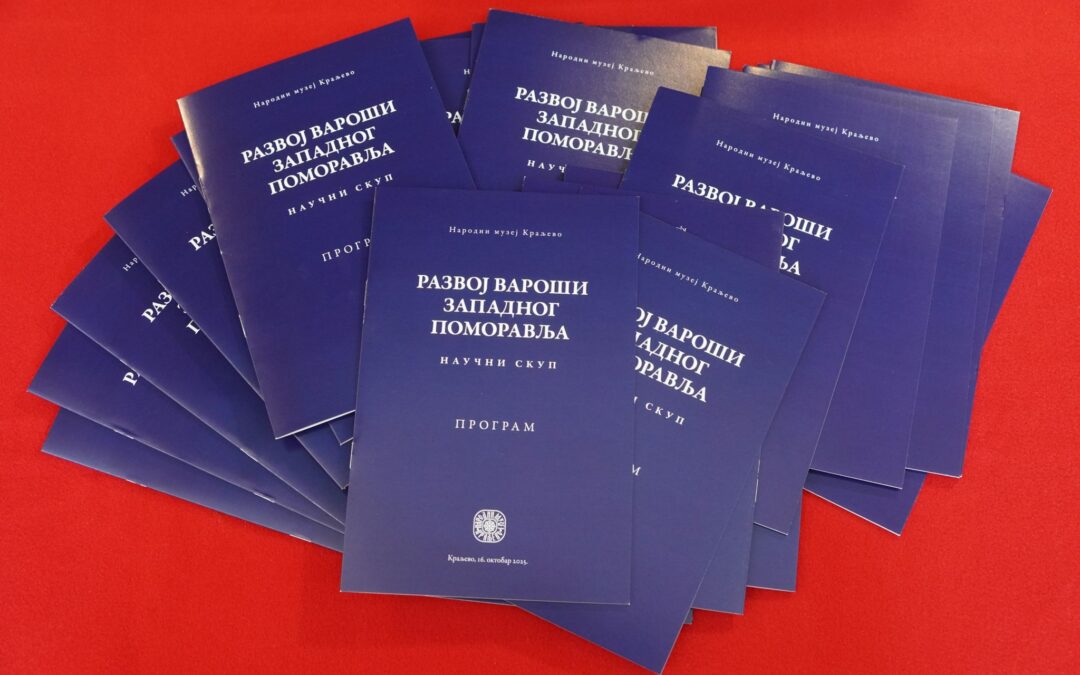The conference opened with a welcome address by Darko Gučanin, director of the National Museum Kraljevo, who emphasized the museum’s long-standing commitment to research. Over the decades, this approach has led to numerous successful and award-winning exhibitions, scholarly monographs, curated document collections, the notable journal “Our Past”, and expanded the boundaries of historical knowledge.
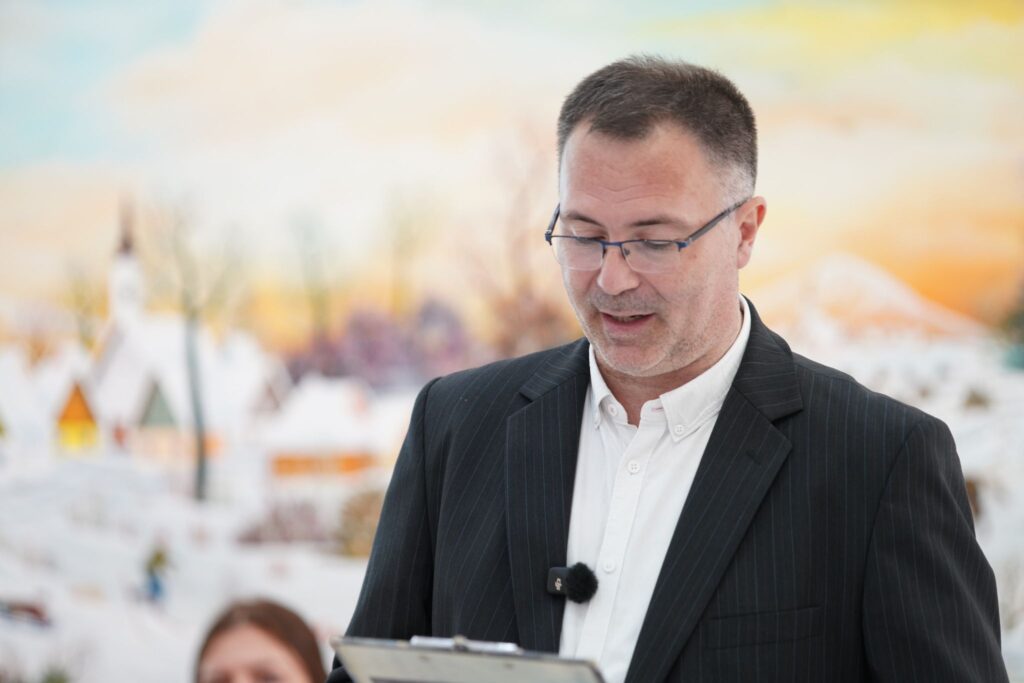
The conference opened with a welcome address by Darko Gučanin, director of the National Museum Kraljevo, who emphasized the museum’s long-standing commitment to research. Over the decades, this approach has led to numerous successful and award-winning exhibitions, scholarly monographs, curated document collections, the notable journal “Our Past”, and expanded the boundaries of historical knowledge.
The first session was presided by Suzana Rajić, PhD, professor at the Faculty of Philosophy of University of Belgrade. She expressed her pleasure at attending a conference focused on Western Pomoravlje and highlighted the need to fill gaps in regional historical knowledge and explore new research directions.
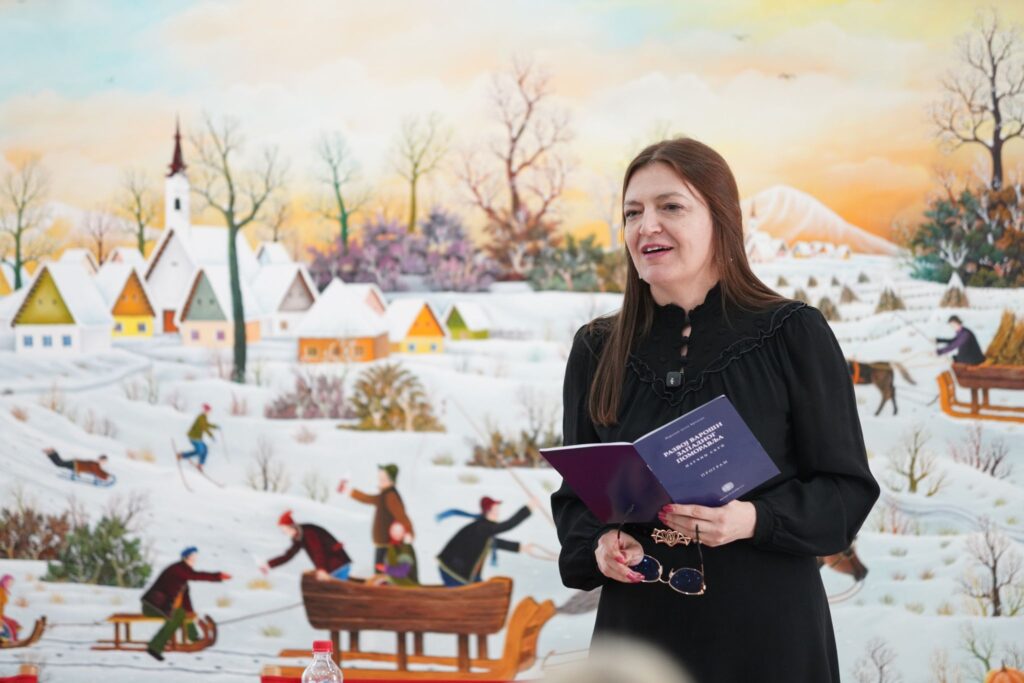
Nino Delić, PhD, research associate at the Institute of History in Belgrade, presented a paper titled “Demographic Development of Urban Centers in Western Pomoravlje in the Principality and
Kingdom of Serbia (1834–1910)”, focusing on population growth and urbanization, especially in major district towns.
Danko Leovac, PhD, associate professor at the Faculty of Philosophy of the University of Belgrade, followed with a co-authored paper with Prof. Suzana Rajić, PhD titled “Qualitative Progress in the Population Census of the Kingdom of Serbia 1884–1910: A Case Study of Kraljevo”.
Ljubodrag P. Ristić, PhD, presented on “Towns of Western Pomoravlje in the Works of Ami Boué and Felix Kanitz.” Next, Dragan Drašković, retired museum advisor of the National Museum Kraljevo, spoke about the phases of development of Karanovac and later Kraljevo, presenting the paper “Drivers of Urban Development in Karanovac/Kraljevo (1805–1915)”.
The session concluded with a presentation by Darko Gučanin, in collaboration with Nemanja Trifunović, curator at the National Museum Kraljevo, titled “The Influence of Family and Marital Ties of Prominent Kraljevo Families on the City’s Development”. After a discussion and lunch break, the second session began, chaired by Nino Delić, PhD.
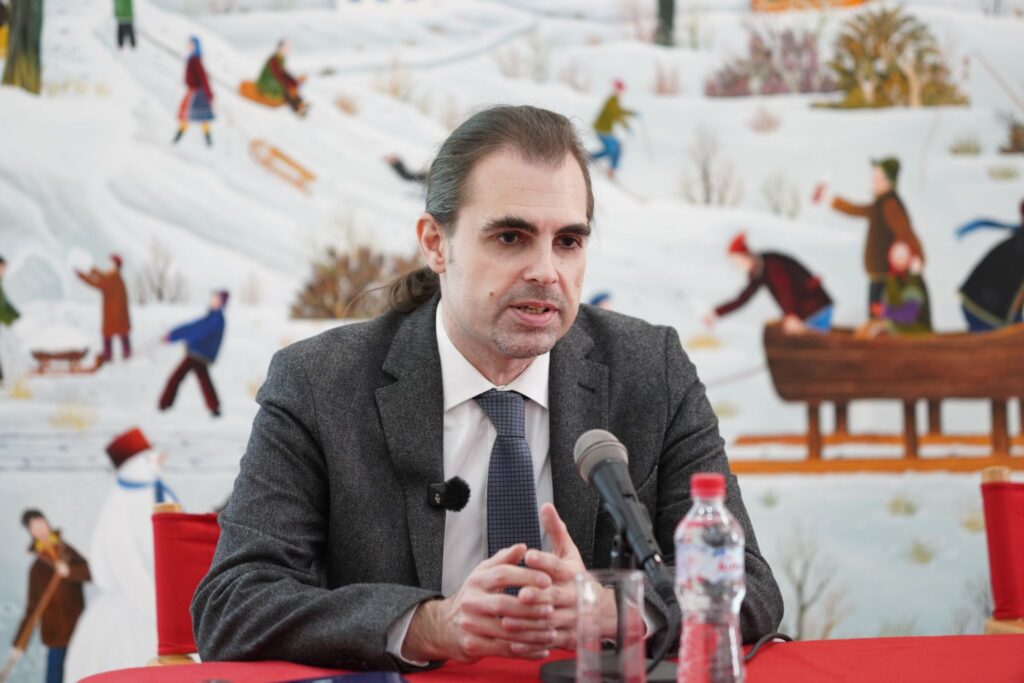
After a discussion and lunch break, the second session began, presided by Nino Delić, PhD, research associate at the Historical Institute in Belgrade.
Miloš Timotijević, PhD, museum advisor of the National Museum Čačak, opened the session with his paper “How Čačak Became a City: Transformation from Ottoman Kasaba to Socialist Town (Late 18th – Mid 20th Century)”.
Aleksandar Marušić, senior curator at the Museum of the Rudnik–Takovo Region, presented a poetic paper titled “White Swan on a Green Lake: A Contribution to the History of Gornji Milanovac (1918–1941)”.
Bogdan Vučković, curator of the National Museum Kruševac, together with Sanja Rutić Vorotović, senior curator of the same institution, presented “Development of Kruševac with Special Focus on Sacred Architecture in the 19th and First Half of the 20th Century”.
The second session concluded with Jelena Vukčević, PhD, senior curator of the Museum Collection of the National University Trstenik, who presented “The 19th-Century Cadastral Map as a Historical Source for Studying Urbanization in Trstenik” highlighting the significant discontinuity in preserving the town’s cultural heritage.
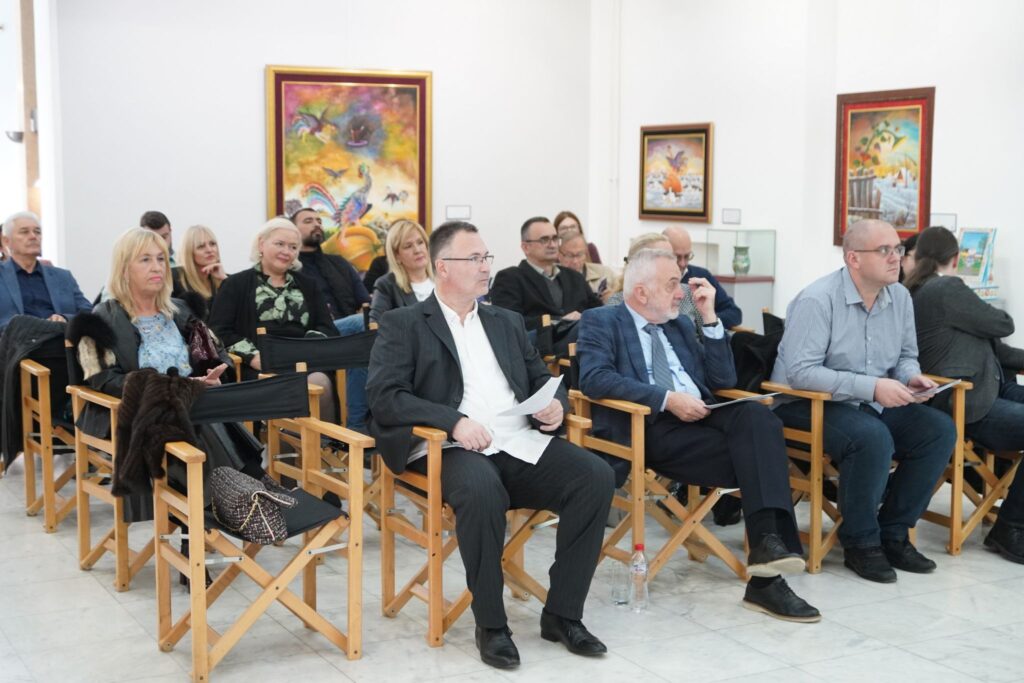
Following the formal program, a lively discussion with the audience unfolded. A recurring theme was the major disruption in cultural heritage preservation during the 1950s and 1960s. The conference concluded with the observation that several topics had inspired researchers to expand their areas of interest, and with a shared desire among participants for the event to become a tradition and continue next year.
